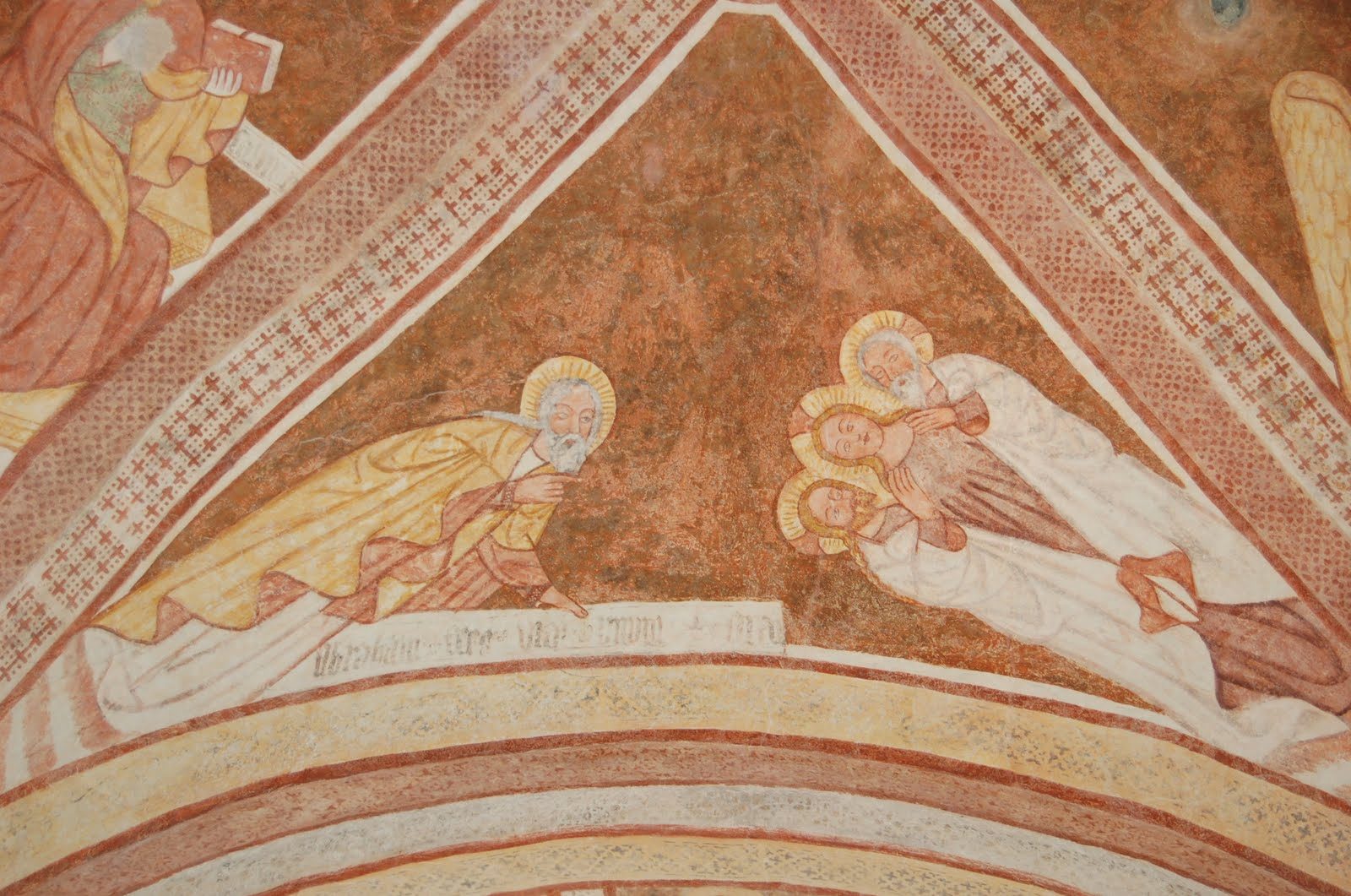Martha has a mixed reputation. In Catholic and Orthodox circles, she is a saint. Nonetheless, we tend to think of her as a profoundly practical woman, in contrast to her more spiritual sister.
However, like other women of the Bible, there is more to Martha than we see at first. In fact, she is a stellar example of a disciple. Here’s why: A disciple learns from her Teacher.
Martha’s story is one of education by Jesus. It comes to us in three parts.
Learning About Prayer
Luke 10:38-41 is the classic passage where we see Martha hosting Jesus and the Twelve. She feels like women all over the world feel when the prep for guests is left only to them. But in Martha’s culture, there was only one person to blame if you needed help: another woman.
The sight of Mary sitting at Jesus’ feet–or sitting at all–must have been too much, as Martha juggled dishes and jugs. Surprisingly, Martha complains directly to her male guest, a rabbi. She must have trusted Jesus just that much.
And as she expects, Jesus responds compassionately. Most of us think of Martha’s sister Mary as the spiritually sensitive, eager learner. But it was to Martha that Jesus taught something so spiritually important it was recorded by Luke (10:41, 42).
Martha, Martha, you’re anxious and upset about so many things, but only a few things are necessary–really only one. Mary has chosen the better part, and she won’t be deprived of it.
In fact, the Martha and Mary story is Luke’s introduction to Jesus’ teaching on prayer (“the Lord’s Prayer” plus further stories and teachings on prayer) in Luke 11. This is the better part, communion with God, said Jesus.
And Martha was listening.
Learning About Belief
In John 11:1-37, Martha has learned to pray. Why do I say that? Because she now has the gift of belief in Jesus as Messiah that has escaped many others so far.
Earlier in John, the religious missed belief in Jesus: “the Temple authorities surrounded him and said, ‘How long are you going to keep us in suspense? If you really are the Messiah, tell us plainly.’ Jesus replied, ‘I did tell you, but you don’t believe'” (John 10:24).
And then to The Twelve Jesus said, regarding Lazarus’ death: “‘For your sake, I am glad I wasn’t there, that you might come to believe'” (John 11:15).
In contrast, John shows that Martha was one of the first to proclaim “Yes!…I have come to believe that you are the Messiah, God’s Only Begotten, the One who is coming into the world” (John 11:27).
Throughout John, Jesus struggles as He faces those who do not believe in Him, including his own brothers (7:5). Martha stands out as one of the few who knew Jesus and God well enough through prayer to say “Yes, I believe….”
The Disciple After the Lesson
In John 12:1-4 we see a peaceful Martha, still serving, but changed. It’s like the Luke passage as a do-over. Check it out:
Six days before Passover, Jesus went to Bethany, the village of Lazarus, whom Jesus had raised from the dead. There they gave a banquet in Jesus’ honor, at which Martha served. Lazarus was one of those at the table. Mary bought a pound of costly ointment, pure nard, and anointed the feet of Jesus, wiping them with her hair. The house was full of the scent of the ointment.
This is a second go for Martha, letting Mary be while she offers Jesus something spiritual, as Martha does the hard work of hospitality.
This time, I believe that Martha prayed as she worked, like Brother Lawrence practicing the presence while washing dishes, centuries later. And this time, Martha’s prayerful attitude reminded her to see Jesus as Messiah and therefore, enabled her to grasp the crucial moment they were in. This time, she gave room for Mary’s insight and worshipful action instead of feeling resentment.
Martha had become a stellar disciple of Jesus.
What I love about seeing Martha’s discipleship is she shows us the way when sitting at Jesus’ feet isn’t an option. We can open our hearts to God while opening our homes or doing any other work.
Martha’s After-Story
In the Eastern Orthodox tradition, Martha is one of the Myrrh-bearing Women. They stayed with Jesus at the cross and watched the tomb with myrrh oil after his death. (The second Sunday after Easter Sunday is the Sunday of the Myrrh-Bearers.) The gospels do not name Martha, but she is placed there in tradition’s memory.
Orthodox tradition also says that Lazarus was expelled from Jerusalem during the persecution of the church there, after the martyrdom of Stephen. Martha and Mary went with him. Intentionally placed in a boat that had no rudder and no sail, they miraculously landed in Provence, France where they became missionaries. According to Cyprian tradition, Lazarus, Mary and Martha later moved to Cyprus, where Lazarus became the first bishop of Kittim.
The Franciscans made Martha a saint in 1262. Her feast is celebrated on July 29, and her sister’s, Saint Mary Magdalene, eight days prior.

